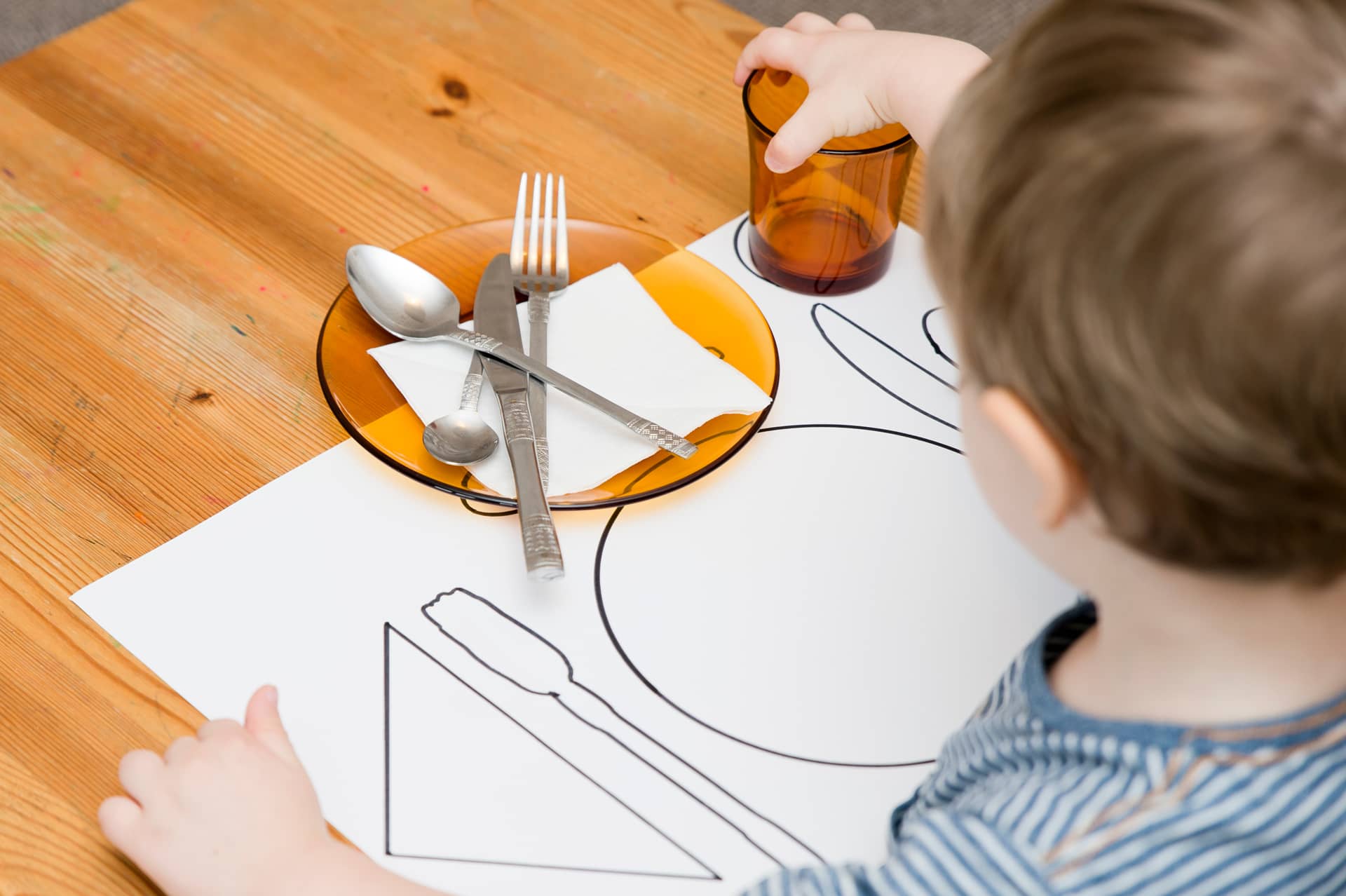
Practical life
The purpose and aim of Practical Life is to help the child gain control in the coordination of his movement, and gain independence and adapt to his society. Practical life activities help children learn how to care for themselves and their environment. These activities help the child be more independent to greater self-confidence, and the ability to face the new challenges. Practical life exercises include lessons in grace and courtesy, care for self, and care for the environment. The purpose of these activities is to enhance coordination, concentration, independence, and indirectly prepare children for writing and reading. Activities often include cleaning, food preparation, polishing and watering plants.
Sensorial
Sensorial materials were designed to help children express and classify their sensory experiences. The purpose of sensorial activities is to aid in the development of the intellectual senses of the child, which develops the ability to observe and compare with precision. There are sensorial materials that focus on visual perception, tactical impressions, auditory sense, and taste perception. Activities often include matching and grading materials that isolate the sense of sight, sound, touch and smell.
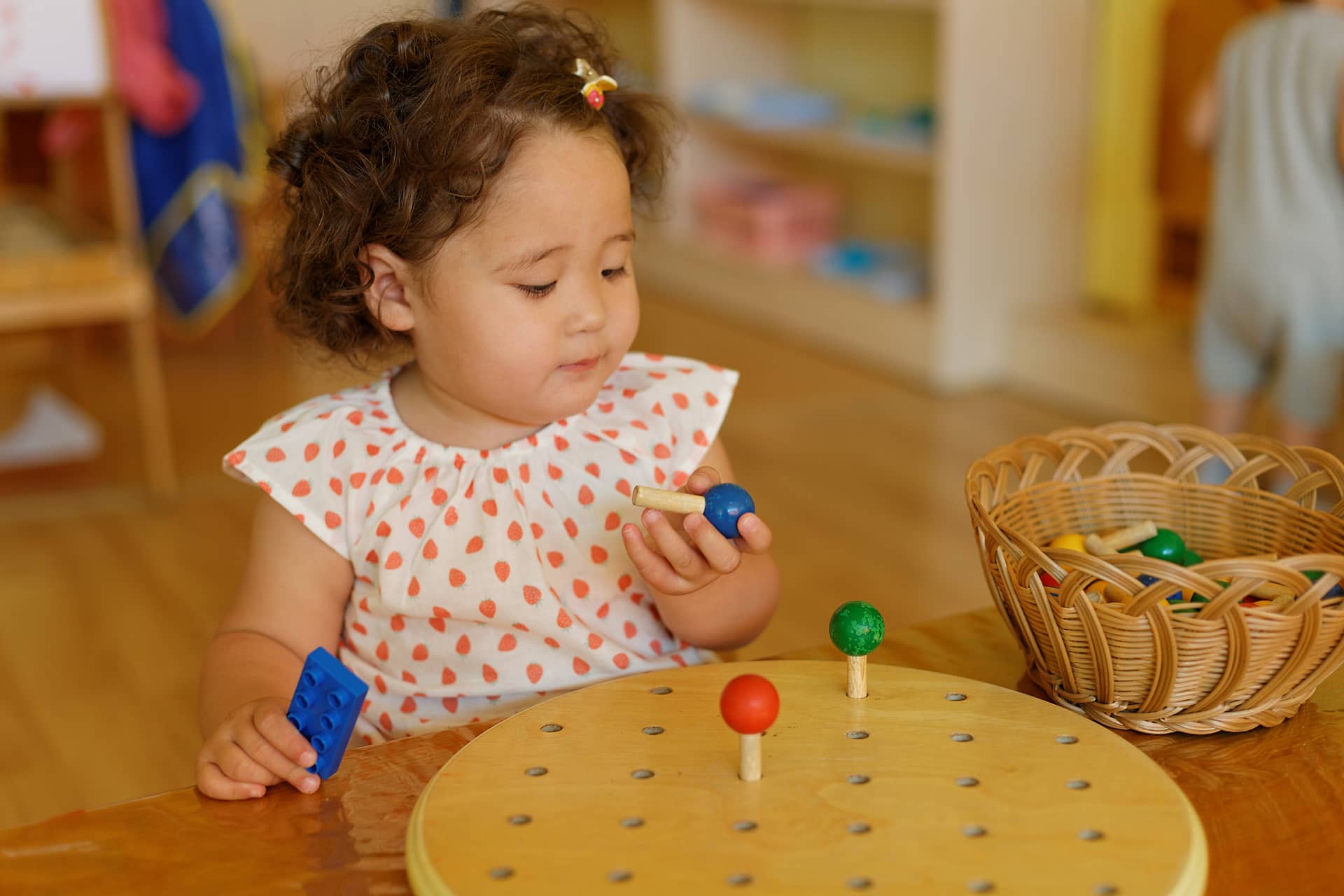
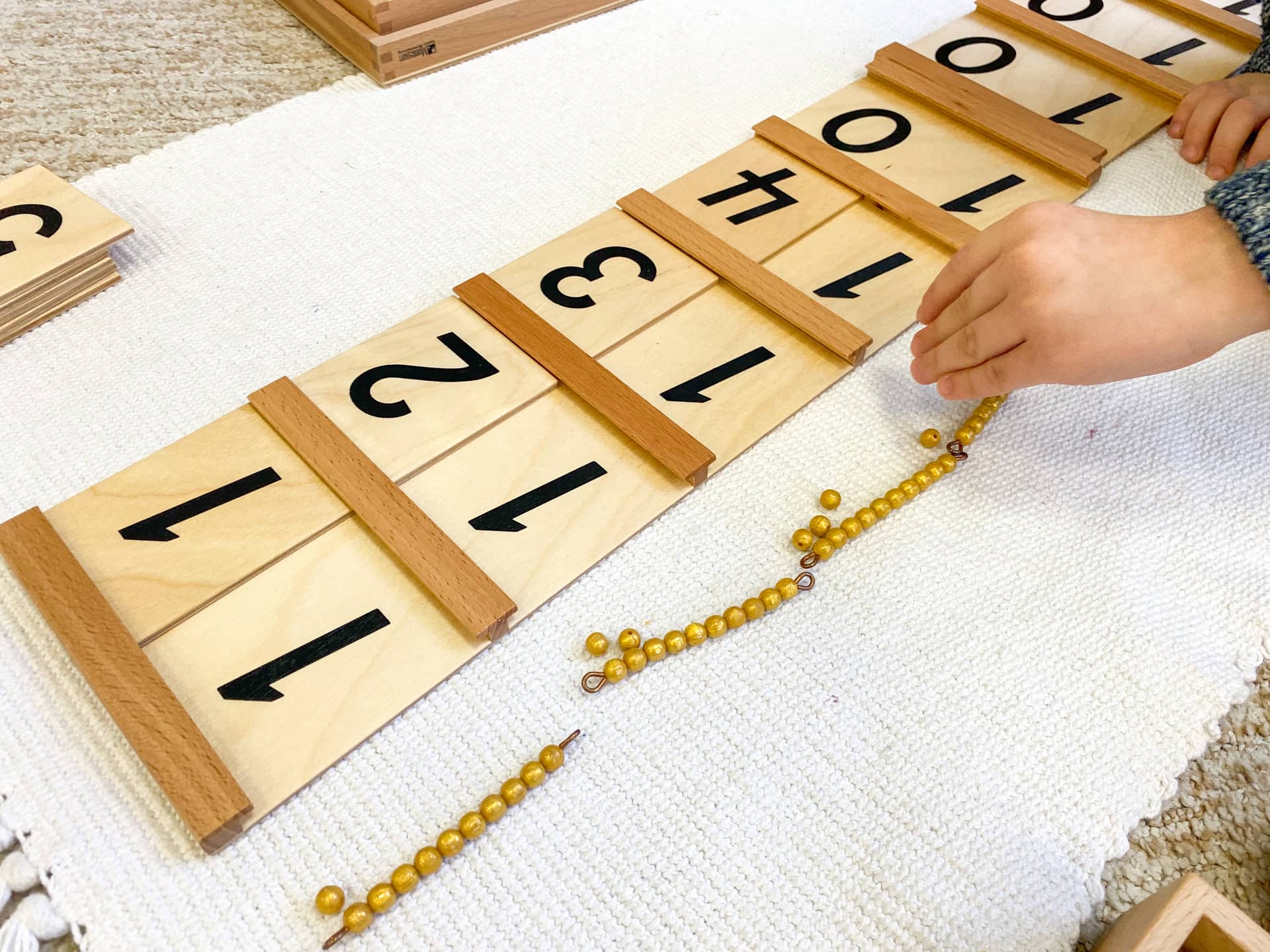
Math
The Montessori math curriculum is one of the best examples of the unique beauty of Montessori materials. First, the Montessori practical life and sensorial activities give indirect preparations for math. Mathematical concepts are introduced to the child using concrete sensorial materials. Initial explorations with sensorial materials encourage children to understand basic math concepts such as learning number recognition, counting and sequencing of numbers. Sensorial work prepares the child for more formal introduction to math and introduction of abstract material concepts such as the decimal system and mathematical operations.
Language
The importance of learning to read and write doesn’t need emphasis.The question is, what is the best way to learn to read and write?Montessori education has proven that indirect preparations along with phonics to develop the skills needed for reading and writing.Language materials are designed to enhance vocabulary and explore both written and spoken language. The language -based activities, such as the sandpaper letters and movable alphabet, children learn phonetic sounds and how to compose words phonetically. They progress using concrete materials to compose their written work, read the work of others, and learn to communicate their unique thoughts and feeling.
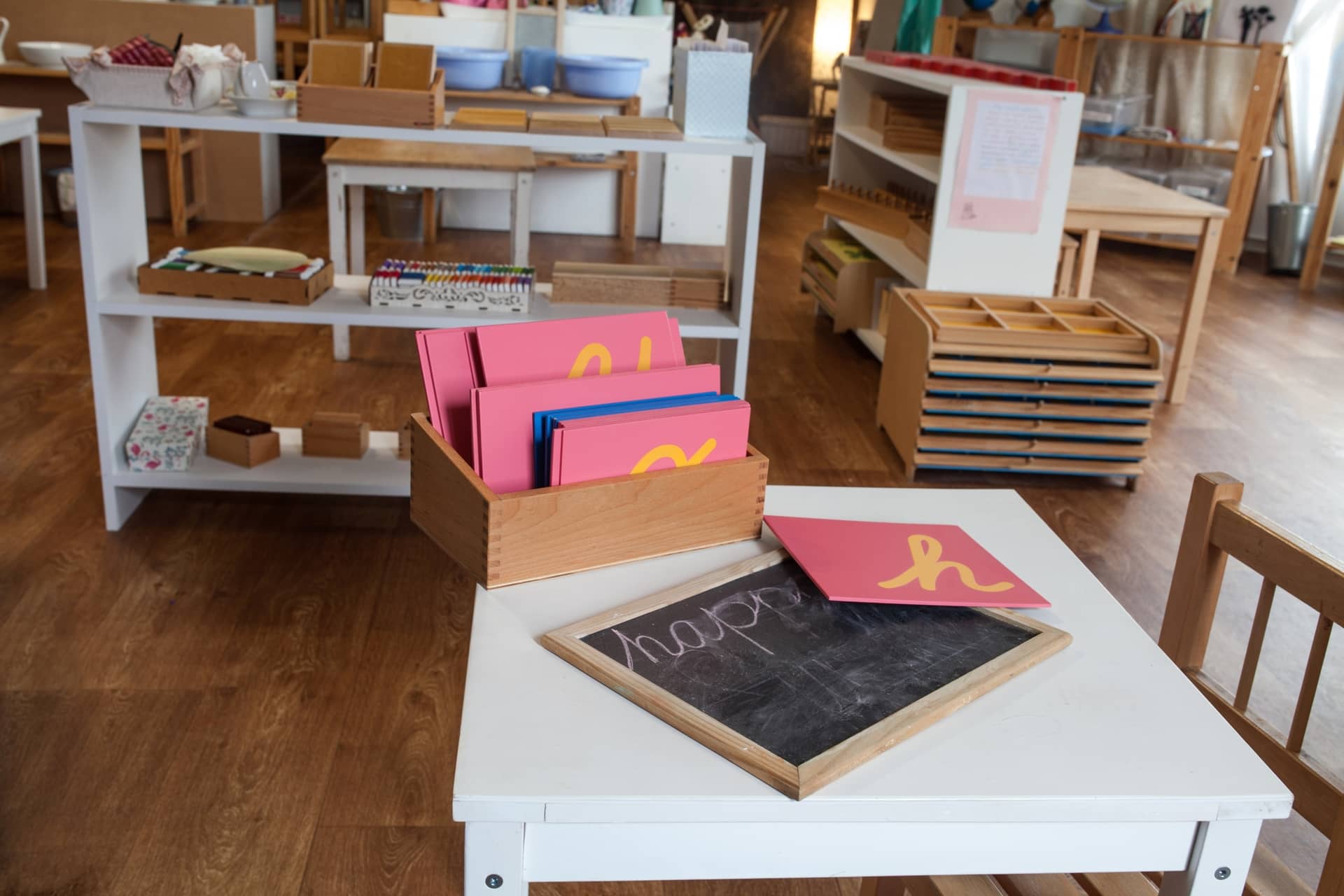
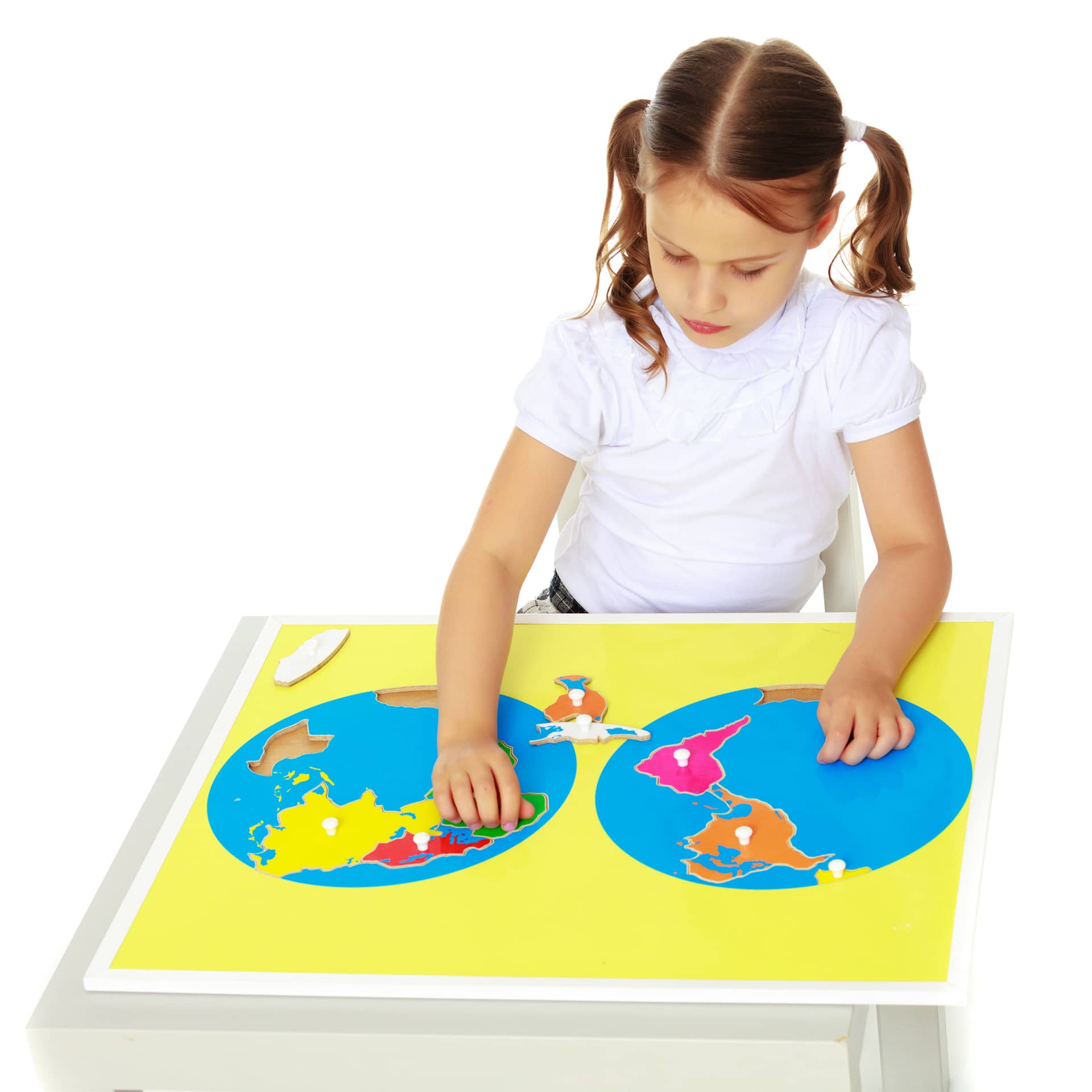
Cultural
Culture activities lead the child to experience music, stories, artwork and items from the child’s community, society and cultural background. The areas of geography, science, zoology and botany are included in this area. A range of globes, puzzle maps and folders containing pictures from different countries all help to give the child insight into different cultures. The culture area encourages children to develop their capacity for creation and develop fine motor skills. While learning to freely express themselves. Through cultural activities children develop an awareness and appreciation of the world around them.
